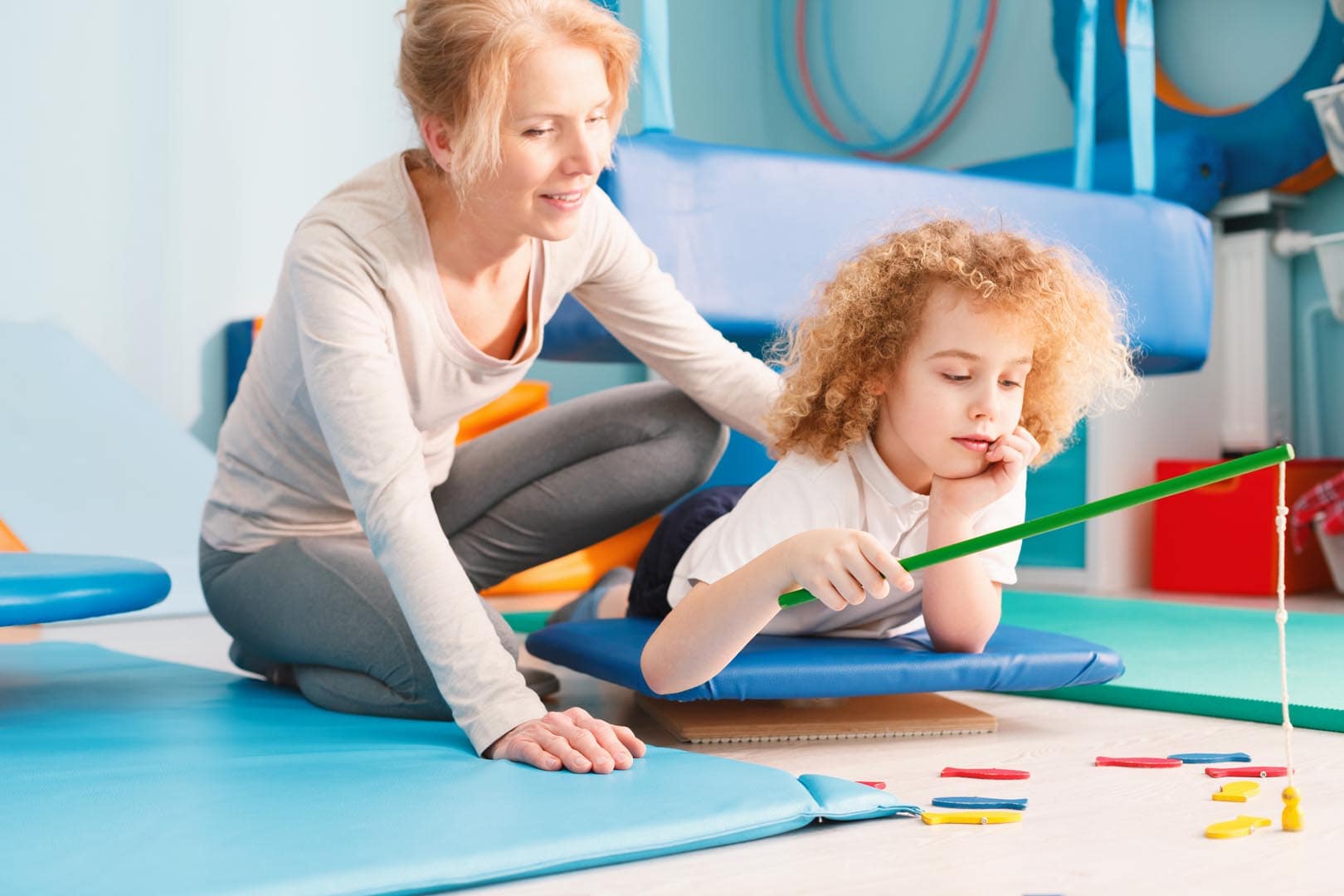Complimentary Therapies
Complementary therapies are a number of approaches in which a child with autism can enhance communication and social skills. These therapies are not based on scientific techniques of treatment. However, many therapists and parents have noticed a lot of improvements in the child’s communication skills and behaviors. The child also enjoys engaging in these therapies. (Ellen Hanson, Et Al, 2007)
Animal Therapy
Animal therapy is based on the theory that children with autism are capable of communicating with animals without using language. This therapy is used in reducing violent tendencies and treating insomnia of children within the spectrum. To date, dogs, dolphins, horses, and even hippopotami have been used in animal therapy with autistic children.
Auditory Integration Therapy
This therapy is based on experiments with sound. The child is given headphones through which he or she will be able to listen to music that has been modified electronically. The therapy lasts for 30 minutes. Auditory integration therapy is useful in treating cognitive and behavioral dysfunction.
Auditory Processing Therapy
Auditory Processing Disorder (APD) may be treated using Auditory Processing Therapy. Children with APD lack the ability to process information that they can hear. This is because of the inability of the brain to coordinate information.
CranioSacral Therapy
CranioSacral Therapy (CST) is a process in which the craniosacral system is assessed and improved. The craniosacral system is composed of membranes and cerebrospinal fluid, which is found in the brain and spinal cord. A soft touch of not more than five grams is used to open the restrictions in the craniosacral system. This enhances the working of the central nervous system. The body’s resistance is improved against diseases. This therapy is used in various other pain-related medical ailments.
Music Therapy
Music is used as a means of communication. It is a method by which isolation patterns are broken, echolalia responses are reduced, and language and social skills are improved. This therapy can be used in the treatment of autism in combination with other types of treatment.
Recreational Therapy
Recreational therapy involves various types of treatments that help to restore the functioning ability for everyday activities. It improves health and reduces any limitations to activities that are caused by autism spectrum disorder.
Social Stories
Social Storie’s therapy uses pictures that show different activities and social circumstances to a child with autism. By looking at the pictures the child learns to deal with activities and experiences of daily life.
Social Skills
Social Skills therapy uses intervention that helps a child with autism in developing basic skills to withdraw from bad behavioral patterns. A positive strategy of communication along with problem-solving methods is used in this therapy. In this way, children learn to deal with challenging social scenarios.
Vision Therapy
Vision Therapy helps a child with autism who has trouble processing visual information. Medical treatment is used to improve visual performance. The therapy makes use of lenses, occlusions, filters, prisms, and other objects.
References:
Ellen Hanson, L. A. (2007). Use of Complementary and Alternative Medicine Among Children Diagnosed with Autism Spectrum Disorder. Journal of Autism and Developmental Disorders, 37(4): 628-36.
Copyright © by Special Learning Inc. All right reserved.
No part of this article may be reproduced in any manner whatsoever without written permission except in the case of brief quotations embodied in critical articles and reviews. For information, contact Special Learning Inc., at: contact@special-learning.com









